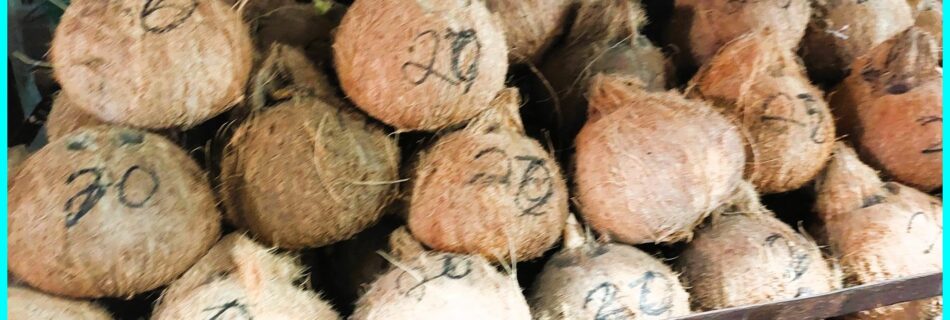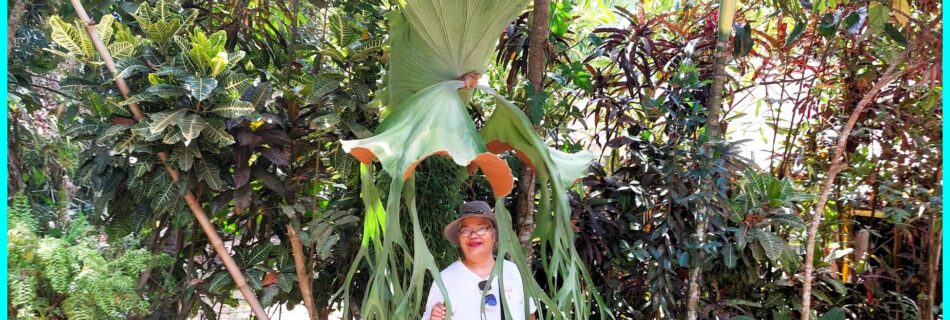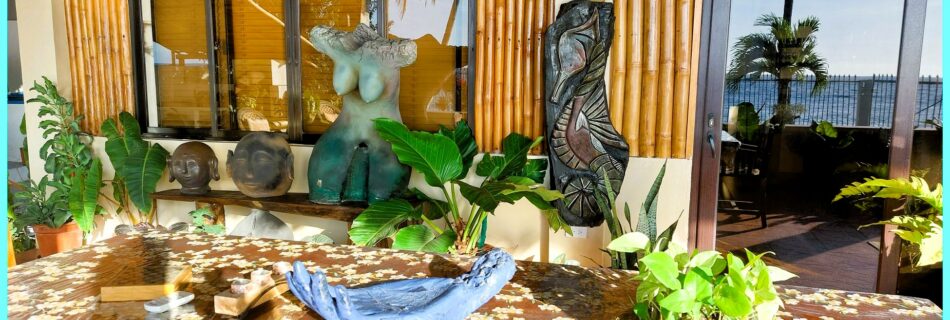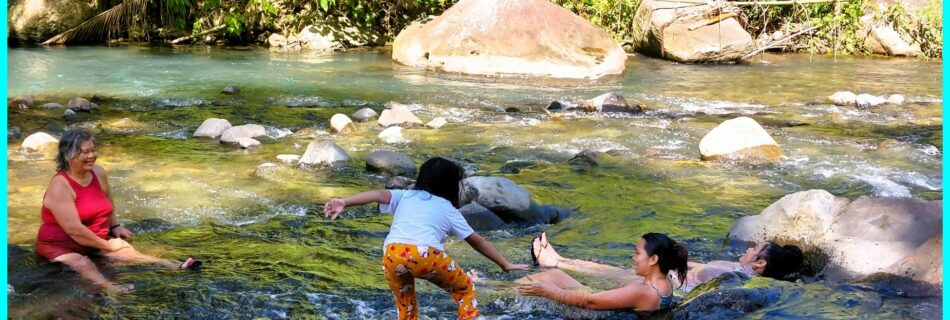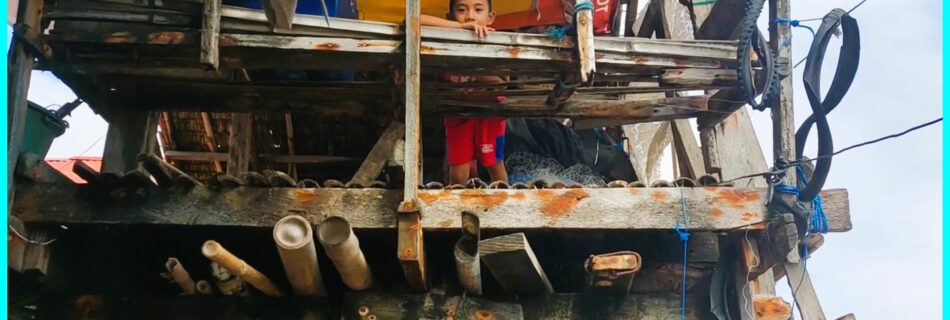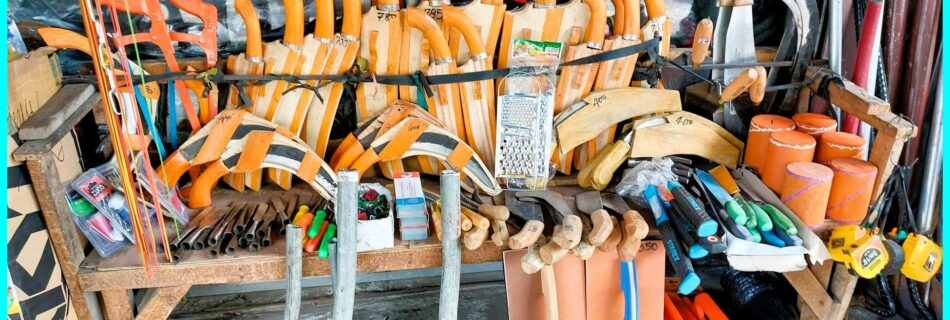Photo of the Day for April 20, 2024 – Flavors of the Philippines: A Snapshot of Carinderia Life
Even the staff of eateries have also to eat sometimes In a not so busy moment of a Philippine eatery, two female staff members are captured in a moment of activity. One of the women is seated at the counter, her focus drawn to a plate of steaming food before her. With a spoon in hand, she takes a bite, savoring the flavors of the cuisine offered. Before her, the glass display showcases an array of culinary delights, tempting passersby with their aromatic allure. Philippine eateries, known locally as “carinderias” or “turo-turo” (which translates to “point-point” in English), are vibrant hubs of gastronomic delight scattered across the archipelago. These eateries are renowned for their affordable yet delicious home-cooked dishes, often served buffet-style or in a “point and choose” manner, where customers select their desired dishes from a variety of options displayed behind glass counters. From traditional Filipino staples like adobo and sinigang to regional delicacies and street food favorites, carinderias offer a taste of the diverse flavors that define Filipino cuisine. In addition to their culinary offerings, these eateries also serve as social hubs, where locals gather to share meals, stories, and laughter, creating a sense of community and camaraderie. See also our video about eateries at the public market of Dumaguete City: EATING at the Market in DUMAGUETE

